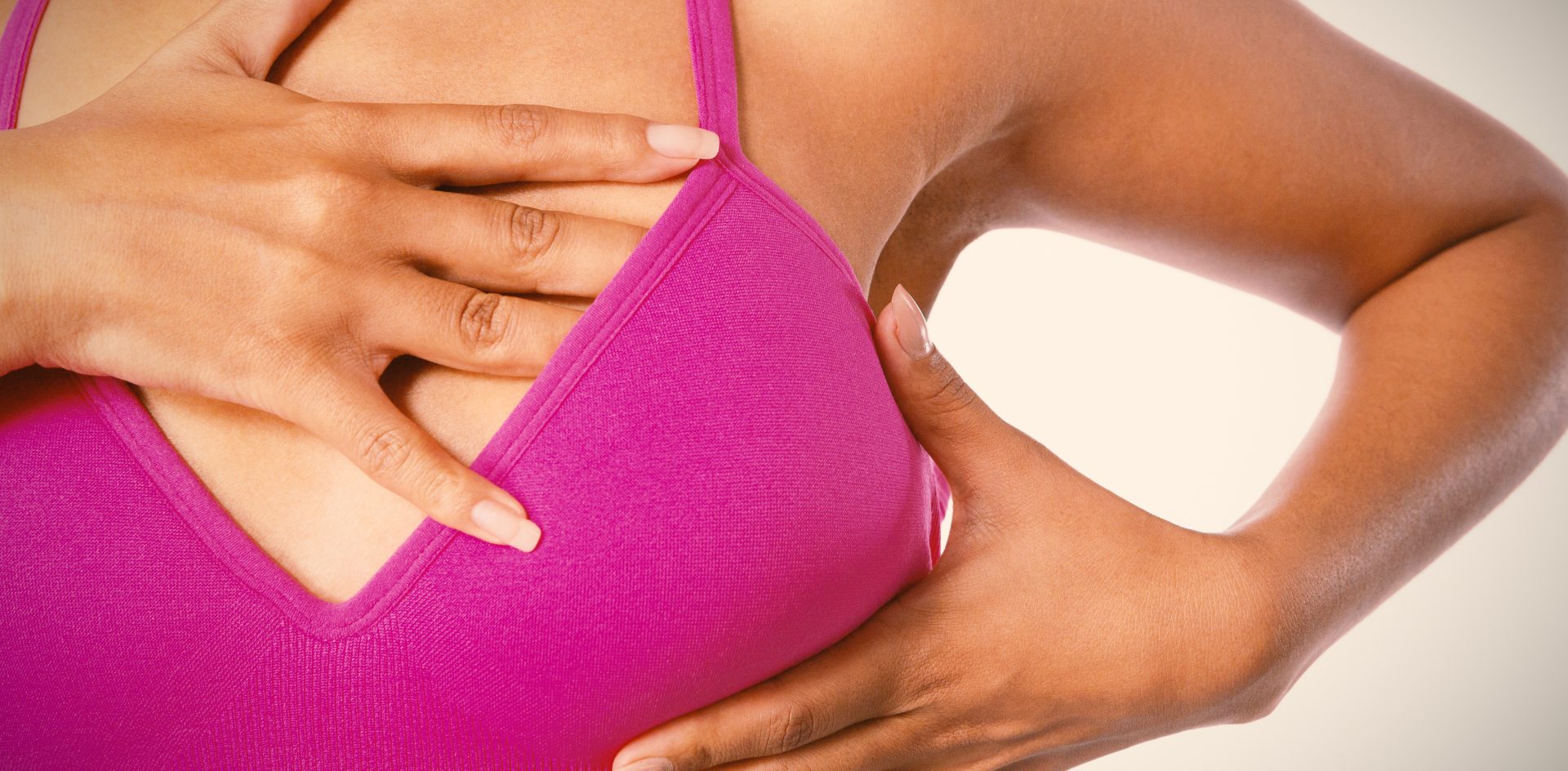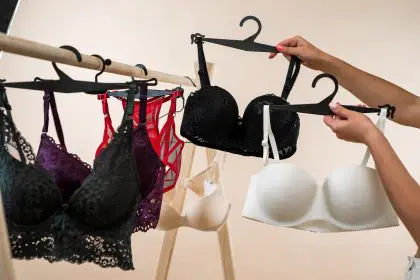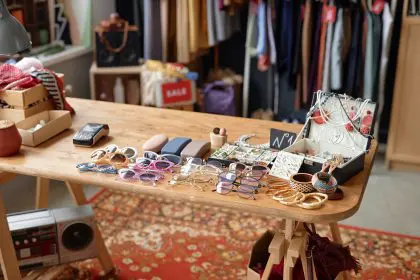The intimate apparel industry holds a surprising secret: while most retailers stock only 40 standard bra sizes, experts reveal there are actually closer to 200 sizes available. This eye-opening disparity, shared by intimate apparel stylist Laura Burke, explains why so many women struggle with discomfort and improper fit. Understanding this reality marks the first step toward transforming your bra-wearing experience.
Understanding the impact of proper fit
Wearing the wrong bra size affects more than just comfort. Medical experts have linked improper bra fit to various health issues, including chronic headaches, shoulder strain, and persistent back pain. The right fit can alleviate these problems while enhancing posture, comfort, and overall well-being. This connection between proper fit and health underscores the importance of finding your true size.
Decoding fit indicators
Professional fitters have identified several clear signs that indicate an improper fit. When your band can be pulled more than an inch away from your body, it signals a band that’s too loose to provide adequate support. Similarly, a center gore (the piece between the cups) that doesn’t lay flat against your chest wall indicates a cup size issue. These indicators serve as valuable diagnostic tools for assessing your current bras.
The science of measurement
Accurate measurement forms the foundation of finding your perfect fit. The process begins with determining your band size by measuring around your ribcage directly under your breast fold. This measurement, when rounded to the nearest even number, provides your true band size. The bust measurement, taken around the fullest part while wearing an unpadded bra, helps determine your cup size through a simple calculation.
Understanding breast shapes
Different breast shapes require different bra styles for optimal support and comfort. Round breasts often work well with most styles, particularly plunge cuts that enhance natural shape. Asymmetric breasts benefit from styles with removable inserts for customization, while bell-shaped breasts require full-coverage options with substantial support features.
The athletic advantage
Athletic breast shapes present unique fitting considerations. These shapes often benefit from lightly lined or padded styles that enhance natural curves while providing necessary support. Understanding these specific needs helps in selecting bras that work with, rather than against, your natural shape.
Wide-set solutions
Women with wide-set breasts often struggle with traditional bra styles. Experts recommend looking for designs with enhanced side support features that help create a more centered appearance. These specialized designs can dramatically improve both comfort and appearance.
The importance of proper wear
Even the perfectly sized bra requires proper wearing technique. The “swoop and scoop” method, endorsed by professional fitters, ensures breast tissue is properly positioned within the cups. This technique involves leaning forward and using your hand to guide all breast tissue into the cups, resulting in optimal fit and support.
Band dynamics
The band provides 80% of a bra’s support, making proper band fit crucial. A well-fitting band should feel snug but comfortable on the loosest hook when new, allowing for natural stretching over time. The band should remain level around your body without riding up, a common sign of a too-loose band.
Strap considerations
While straps shouldn’t provide primary support, their proper adjustment remains important. Straps should be tight enough to stay in place without digging into your shoulders. Constantly falling straps often indicate a band that’s too loose rather than a strap issue.
The evolution of fit
Your bra size can change throughout your life due to factors like weight fluctuation, pregnancy, and aging. Regular measurement checks help ensure continued proper fit. Many experts recommend reassessing your size every six months to maintain optimal comfort and support.
Professional fitting benefits
While home measuring provides a starting point, professional bra fitters offer valuable expertise and access to a wider size range. These experts can identify subtle fit issues and recommend specific styles based on your unique needs. Many high-end lingerie stores offer complimentary fitting services.
Investment in comfort
Quality bras represent an investment in daily comfort and health. While higher-end bras may cost more initially, their superior construction and materials often result in better fit and longer wear. Strategic shopping during sales can make quality bras more accessible.
Care considerations
Proper bra care extends the life of your investment. Hand washing or using gentle machine cycles helps maintain elasticity and shape. Rotating between several well-fitting bras prevents premature wear and maintains optimal support.









